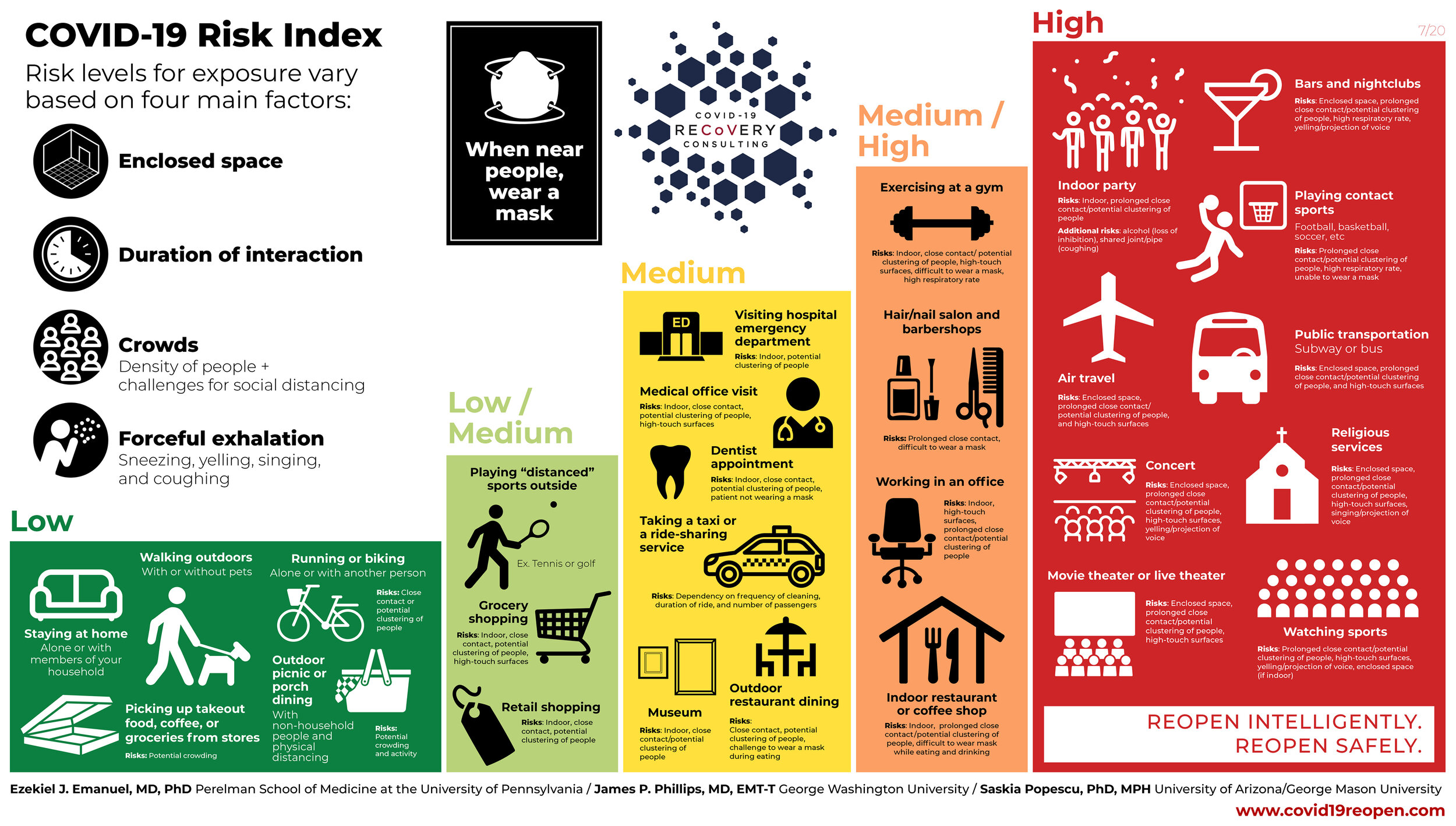
AFFIRMATION COMPLETE: “Either masks work or they don’t”; “If masks work, then let family back into hospitals and nursing homes to be with their loved ones. If they don’t work, get them off of our children. Someone is lying…”; “I don’t understand the safety concern with voting in person. Your mask works, right?”
REVIEW
Memes calling into question the effectiveness of face masks in reducing the spread of COVID-19 have been circulating on social media platforms in various forms. Some have asserted that “either masks work or they don’t” and questioned why lockdowns are necessary if masks supposedly work. Others asserted that “if masks work”, then there is no reason to restrict activities such as nursing home visits and in-person voting.
By using a combination of a misleading rhetorical technique known as “just asking questions”—which allows a person to ask leading questions and posit baseless or disproven hypotheses without having to provide evidence—and a form of flawed reasoning known as the nirvana fallacy—where a solution to a problem is rejected because it is imperfect even though a perfect solution is unrealistic—the memes suggest that masks are an ineffective and unnecessary measure for reducing virus transmission.
Firstly, scientific evidence demonstrates that face masks reduce the transmission of viral respiratory infections like COVID-19, as this Health Feedback review explained. Face masks are therefore an important measure for minimizing the spread of COVID-19 and controlling the outbreak.
However, face masks do not provide the wearer with 100% protection from exposure, nor do they 100% prevent an infected mask wearer from spreading their infection. Incorrect use of face masks can also further reduce their effectiveness. For this reason, health authorities recommend that people practice physical distancing and proper hand hygiene, which act as additional layers of protection, in addition to wearing face masks. This is analogous to measures used to improve traffic safety, like the use of seatbelts, which significantly reduce the risk of injury or death from a traffic accident. But seatbelts alone do not remove the risk entirely, hence they do not render additional safety features such as airbags and brakes redundant, as this Facebook post pointed out (see below). In spite of this, one would not argue that seatbelts either work or they don’t, or that they are useless simply because they do not prevent all risks.

Secondly, these memes oversimplify the concepts of risk and protection by portraying them as binary concepts that either exist or do not exist. The reality is that risk and protection exist on a continuum. For example, different types of activities carry different levels of infection risk; some activities, such as taking a walk outdoors, carry less risk compared to activities such as attending a live concert (Figure 1). But it is nearly impossible for someone to achieve a state of no risk.

Figure 1. A COVID-19 Risk Index outlining the different levels of infection risk associated with various activities. Source: COVID-19 RECoVERY Consulting.
The meme that references nursing homes is inaccurate, as some nursing homes have begun to allow in-person visits once more. Nursing homes have had to balance residents’ safety during the outbreak—given that the elderly population is highly vulnerable to COVID-19 complications—with the risks of prolonged isolation that comes from banning visits, which is also detrimental to residents’ health and wellbeing. In light of the complex risks, the decision to allow in-person visits is guided by the epidemiological situation within the nursing home and the community, as well as the ability of a nursing home to meet the reopening criteria outlined by the Centers for Medicare and Medicaid Services (CMS), a federal agency within the U.S. Department of Health and Homeland Security.
The CMS recommendations for reopening nursing homes, issued on 18 May 2020, clearly include the use of face masks and cloth face coverings, among other measures:
« Factors that should inform decisions about relaxing restrictions in nursing homes include:
- Case status in community: State-based criteria to determine the level of community transmission and guides progression from one phase to another. For example, a decline in the number of new cases, hospitalizations, or deaths (with exceptions for temporary outliers).
- Case status in the nursing home(s): Absence of any new nursing home onset of COVID-19 cases (resident or staff), such as a resident acquiring COVID-19 in the nursing home. […]
- Universal source control: Residents and visitors wear a cloth face covering or facemask.
If a visitor is unable or unwilling to maintain these precautions (such as young children), consider restricting their ability to enter the facility. All visitors should maintain social distancing and perform hand washing or sanitizing upon entry to the facility.- Access to adequate Personal Protective Equipment (PPE) for staff: Contingency capacity strategy is allowable, such as CDC’s guidance at Strategies to Optimize the Supply of PPE and Equipment (facilities’ crisis capacity PPE strategy would not constitute adequate access to PPE). All staff wear all appropriate PPE when indicated. Staff wear cloth face covering if facemask is not indicated, such as administrative staff.
- Local hospital capacity: Ability for the local hospital to accept transfers from nursing homes. »
In cases where such safety measures have been met, some nursing homes have started to allow visits once more, although Christian Bergman, a geriatrician and assistant professor at Virginia Commonwealth University, estimated that less than 5% of facilities in the U.S. have managed to meet the criteria in this New York Times article published on 18 August 2020.



